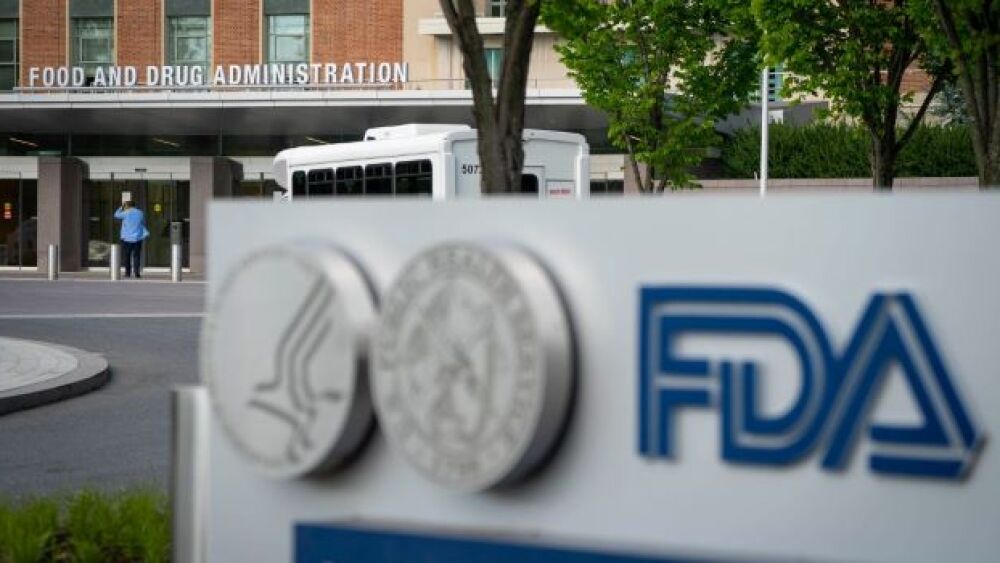The FDA has rejected Soligenix’s NDA for HyBryte (synthetic hypericin), a therapeutic developed to treat early-stage cutaneous T-cell lymphoma.
Courtesy Sarah Silbiger/Getty Images
The FDA has rejected Soligenix‘s New Drug Application for HyBryte (synthetic hypericin), a therapeutic developed to treat early-stage cutaneous T-cell lymphoma (CTCL), the company announced Tuesday.
In a Refusal to File (RTF) letter, the regulator stated that the NDA, originally submitted on Dec. 14, 2022, was “not sufficiently complete” to warrant a review.
Soligenix’s stock fell 35% Tuesday morning in response to the news.
The company plans to request a Type A meeting with the FDA to “clarify and respond to the issues identified in the letter” and “seek additional guidance” to find out what steps it needs to take before it can submit a new NDA, according to its press release.
HyBryte is Soligenix’s lead candidate, and when it originally filed the NDA, the company estimated the potential worldwide market for HyBryte to be “in excess of $250 million” in CTCL.
Because the NDA was granted both orphan drug and fast-track designations, Christopher Schaber, president and CEO, said at the time that Soligenix expected it to be approved in the second half of 2023.
In response to the rejection of the NDA, Schaber said his team is “fully determined to work with the FDA staff” to resubmit the application. He added that the company “remain(s) focused on advancing HyBryte” in CTCL.
The NDA was based on Phase II data that showed CTCL patients experienced a statistically significant (p=0.04) improvement when treated with the candidate compared to no improvement with a placebo.
HyBryte is a first-in-class therapy that utilizes a topical photosensitizer applied to skin lesions. The photosensitizer is activated by light 24 hours after application.
According to Soligenix, the use of light in the red-yellow spectrum can penetrate more deeply into the skin and treat more advanced skin disease than the ultraviolet light that is typically used.
The company also argues that its candidate “avoids the risk of secondary malignancies (including melanoma) inherent with the frequently employed DNA-damaging drugs and other phototherapy that are dependent on ultraviolet exposure.”





